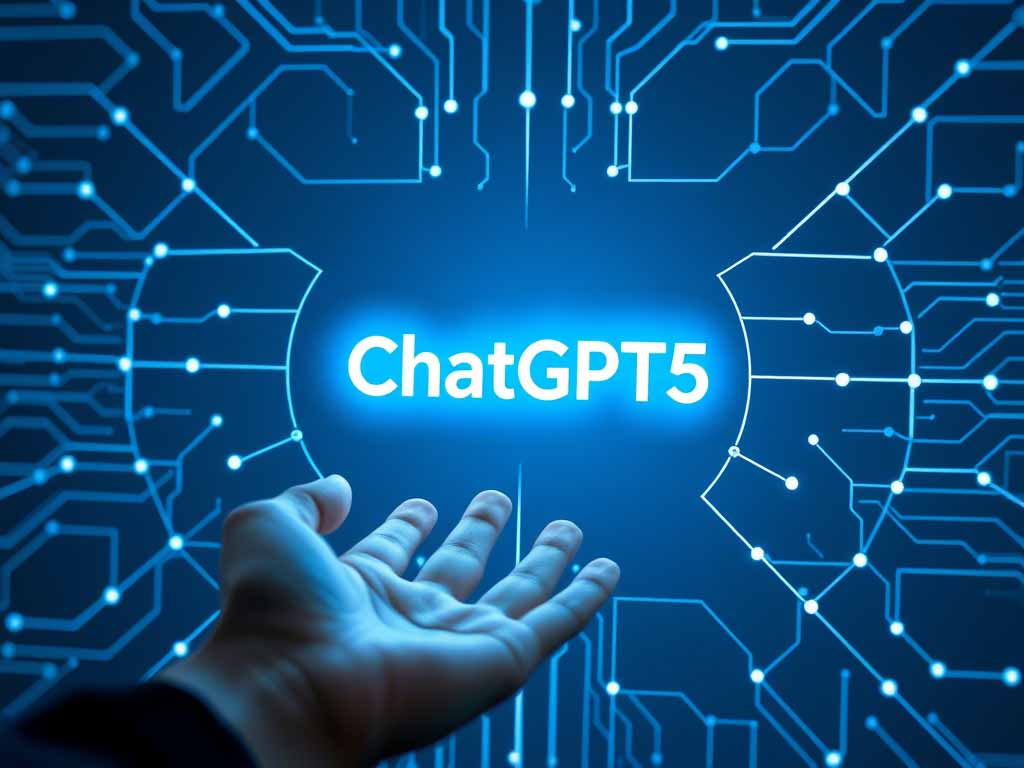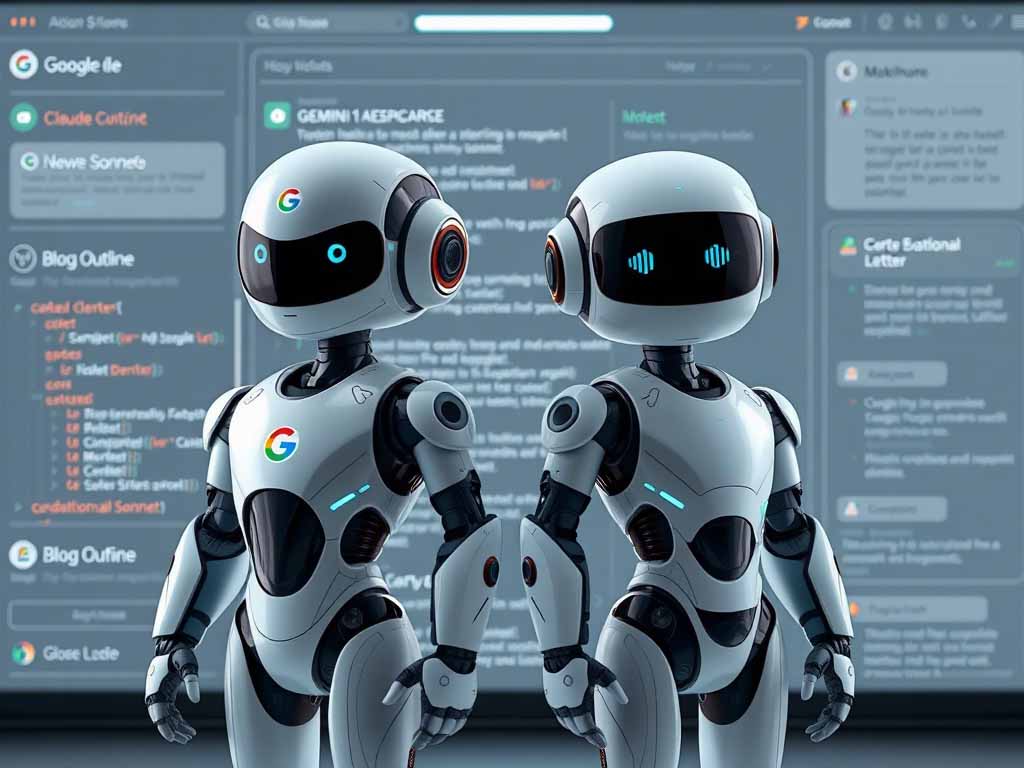The rapid evolution of generative AI over the past two years has introduced new questions about productivity, automation, and the nature of intelligence itself. With each release, tools like ChatGPT have moved from novelty to infrastructure—used by students, professionals, and entire organizations.
Now, OpenAI is preparing to release ChatGPT 5, expected sometime during the summer of 2025. While much of the technical detail remains under wraps, early signals point toward a model with longer memory, broader multimodal capabilities, and stronger reasoning. But beyond the features, what matters most is what this version might represent: a step closer to AI that begins to behave less like software, and more like a participant.
This article examines what’s known so far—and why it matters.
What’s Changing: From Interface to Interaction
Each new iteration of OpenAI’s models has made incremental gains in fluency, creativity, and context awareness. But ChatGPT 5 appears to aim for a different kind of improvement: persistence. Unlike current versions, which largely “forget” previous user sessions unless manually trained, GPT-5 is expected to include long-term memory. This would allow it to retain preferences, patterns, and perhaps even project timelines across conversations.
If implemented responsibly, such a feature could make ChatGPT not just a writing assistant, but a personalized agent that adapts to a specific user over time. The trade-offs, however, remain uncertain. Memory introduces complexity—not only technically, but ethically. Questions of data retention, consent, and user control will follow closely behind.
Multimodal, Multilingual, Multi-Context
GPT-4o introduced OpenAI’s first major multimodal leap: the ability to process voice and vision alongside text. GPT-5 is expected to build upon this, offering deeper integration of input modes. Users could speak to ChatGPT, show it images, and receive real-time feedback—potentially with improved speed, tone adaptation, and comprehension.
This matters in practical settings. An architect might walk a client through a sketch. A developer might debug code using screenshots. A traveler might translate a street sign in real-time. The interaction moves from typed prompts to ambient, mixed-media collaboration.
As multimodality expands, so does the AI’s perceived intelligence. But sophistication in output does not mean true understanding. The difference will be crucial, especially as more people mistake responsiveness for cognition.
Reasoning as a Feature
One of the most persistent criticisms of large language models is their shallow grasp of logic. Despite articulate phrasing, models can struggle with multi-step reasoning, edge cases, or tasks that demand internal consistency over time.
Reports suggest that GPT-5 is being trained with reasoning benchmarks in mind, possibly using more advanced retrieval systems and structured data inputs. The goal is not just better writing—but better thinking.
Whether that goal can be achieved without sacrificing speed, safety, or accessibility is still unknown. What’s clear is that AI reasoning is no longer a niche concern; it’s becoming the next standard of value for developers and enterprises alike.
Memory and Personalization: Useful or Unsettling?
If ChatGPT 5 ships with persistent memory, users will need to navigate the trade-off between convenience and control. An AI that remembers your preferences can feel intuitive—correcting your grammar in a certain tone, or generating outputs in your preferred structure. But it also raises questions about what the AI retains, for how long, and under what conditions.
OpenAI has said users will have access to memory settings and deletion tools. But the broader issue is trust. As AI becomes more embedded in workstreams and communications, users must decide how much personal data they’re willing to offer in exchange for precision.
This isn’t just a UX feature—it’s a cultural shift.
What Comes Next
According to internal timelines and industry watchers, ChatGPT 5 may be released between July and September 2025. It will likely first appear within the ChatGPT Plus tier, which currently costs $20/month, before expanding to enterprise platforms and potentially select developer tools.
The free version of ChatGPT may continue to use GPT-4 or GPT-4o, though possibly with some performance upgrades. If GPT-5 proves to be resource-intensive, OpenAI may stagger its rollout, prioritizing paid or enterprise users.
Regardless of how the launch is structured, it will be closely watched—not just by developers and startups, but by policymakers and educators. AI is no longer a future-facing technology. It is infrastructure.
Final Observations
ChatGPT 5 is not being marketed as revolutionary—but its features suggest a shift from transactional to relational AI. The system may start to understand not only the question being asked, but the person who is asking it.
This raises new possibilities, but also new responsibilities. Persistent memory, multimodal interaction, and more advanced reasoning introduce questions about bias, misuse, surveillance, and automation of judgment.
It’s easy to focus on performance. But the deeper questions will be about alignment—not only with human values, but with how humans work, learn, and trust.
As this summer’s release approaches, that will be the real test.
For more insights on AI and how it changes our world, check out these posts on our website:



